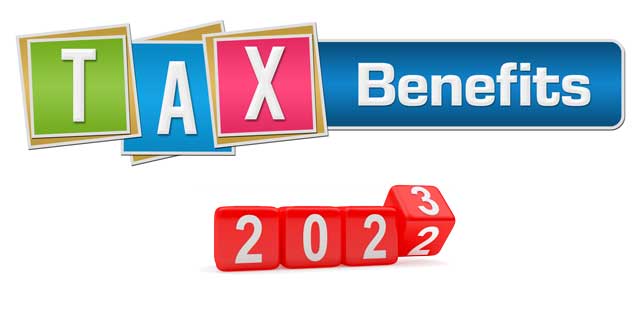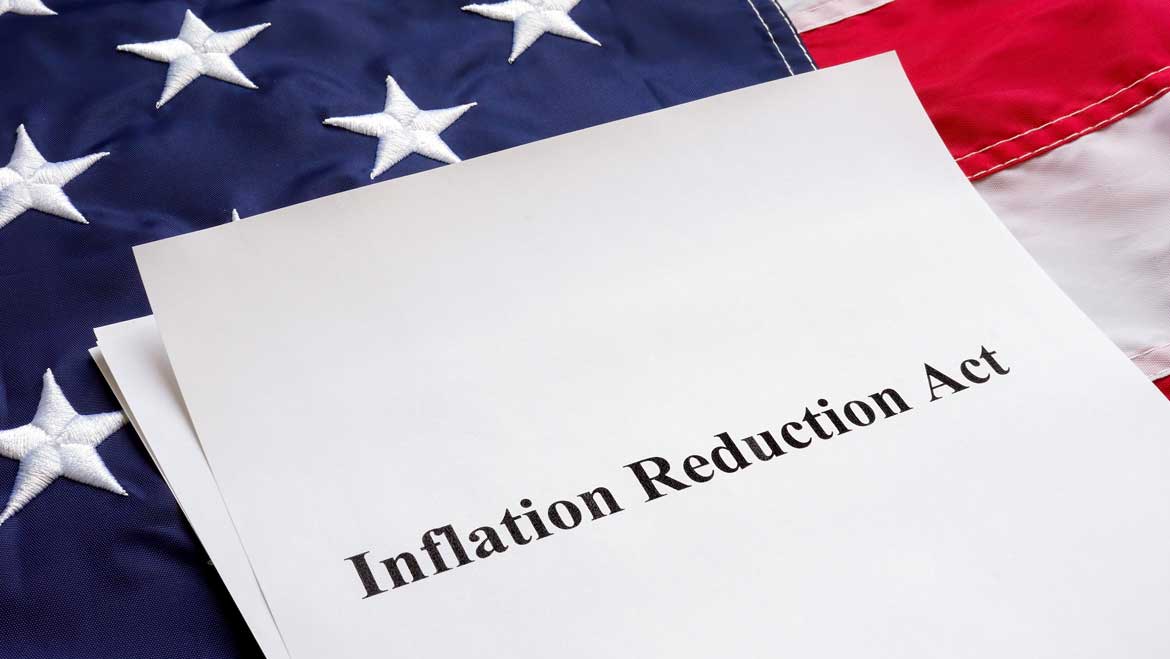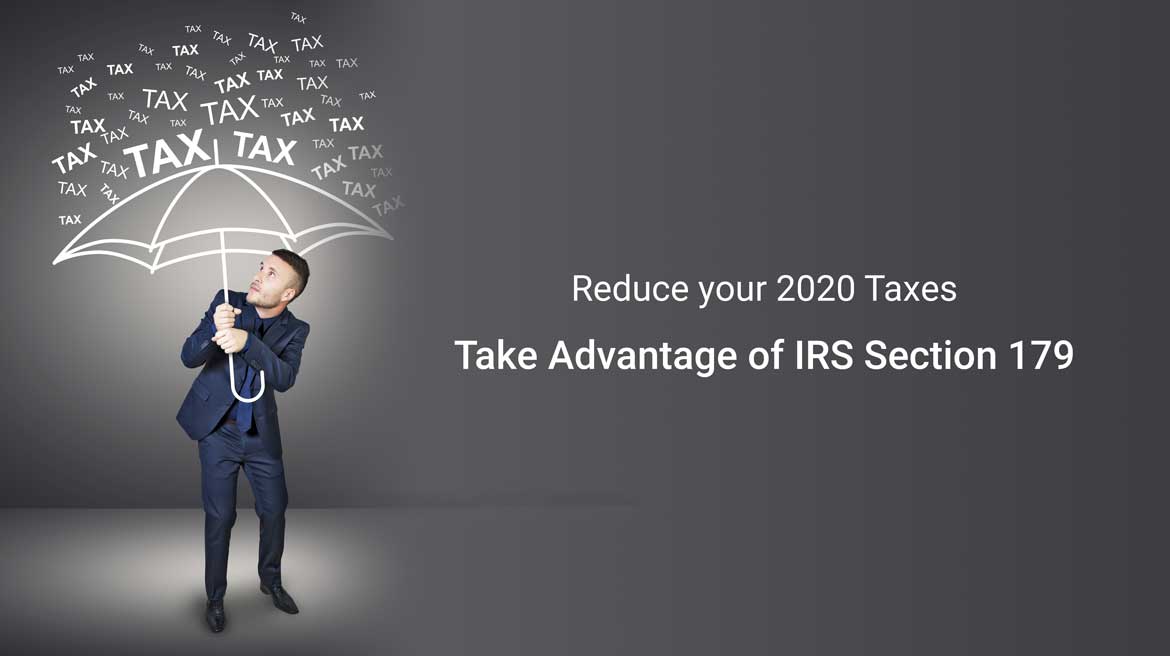In addition to the purchase of equipment and assets for your business, the purchase of software can be written off on your business taxes. One of the biggest write-offs comes from taking advantage of IRS Section 179. You can write off up to $1,040,000 under IRS Section 179 for equipment, software and tangible personal property with a spending cap of $2,590,000. Anything not covered by IRS Section 179 can be written off under Bonus Depreciation.
Another area for your tax accountant to explore are tax breaks under the CARES Act passed in March of 2020 to help businesses survive during the measures taken to get the pandemic under control.
What Is Section 179 of the Tax Code?
Section 179 of the IRS Tax Code is for small and mid-sized businesses that purchase equipment, which includes software, during the qualifying year. The deduction under Section 179 allows for the full amount paid or financed during the tax year to be taken. To claim this deduction, businesses need to fill out form 4562 Part 1 and attach the form to your standard business tax filing. The deduction is not automatic so ensuring you have the correct forms is vital to getting the tax credit you deserve.
The best part of Section 179 is that other technology you invest in this year qualifies for this deduction including:
- Machinery and business equipment
- Business vehicles and fleets
- Computers
- Retail software
- Office furniture and equipment
- Property
- Improvements to commercial buildings such as upgraded security alarms, HVAC, roofs, or fire systems
- Tangible personal property
What is tangible personal property?
Tangible personal property includes personal computers that you take between home and the office but that are used for business, your personal office equipment, and other property that you own personally but is used for business solely. The property also has to last more than one year.
Some specific items that cannot be deducted using Section 179 include:
- Land
- Inventory
- Permanent structures attached to land such as fences, paved parking lots, swimming pools, courtyards, or driveways
- Property being used outside of the U.S.
- Intangible property such as patents, trademarks, and copyrights
Another great thing about the Section 179 Tax Deduction is that even used equipment, machinery, furniture, etc., that you purchase that year is considered a new purchase under the code. To make a claim on your 2020 taxes, the equipment or software must be purchased or financed, installed, and be used between January 1, 2020 and December 31, 2020.
Bonus Depreciation
If your purchase exceeds the IRS Section 179 spending cap of $2,590,000, you can still write off the remaining amount under Bonus Depreciation. The amount over the spending cap reduces the Section 179 depreciation amount dollar for dollar. However, the amount of the purchase not covered by Section 179 is still covered under Bonus Depreciation. Consult your tax professional to ensure that any purchase is covered by IRS Section 179 and/or Bonus Depreciation.
Other 2020 Tax Breaks Your Small Business Needs to Know
One of the biggest tax benefits of 2020 for small businesses comes from the CARES Act that was passed in March of 2020. This legislation allows businesses to delay paying the company responsible portion of payroll taxes that would normally be accrued between March 27th, 2020, and December 31st, 2020. The deferment doesn’t even have to be paid back all at once! Two payments are required — half on December 21st, 2021, and the other have one year later the same day. This tax deferment is only for businesses that did not get one of the SBA paycheck protection loans. However, businesses that do qualify will get two years to pay their 2020 payroll taxes.
Also included in the CARES Act for 2020 is an Employee Retention Tax Credit. This deduction allows your business to get a payroll tax credit if you are at least partially shut down by government order due to COVID-19, your quarterly sales revenue has dropped by at least half, and you have 100 or less full time employees. A wage credit up to $10,000 per employee can be claimed to keep paying your employees. If your business employs more than 100 people, the tax credit can be claimed for furloughed employees or employees who have a drastic reduction of hours. This tax credit is also not applicable for businesses that received a paycheck protection loan.
Alternative Motor Vehicle Credit
If you’re investing in a fleet of cars or business vehicles, not only can you use Section 179 deduction, but you may also qualify for the Alternative Motor Vehicle Credit if the vehicles you purchase use an alternative fuel source such as hydrogen fuel-cell technology. Although the credit doesn’t apply to electric or hybrid cars, you might also qualify for the Qualified Electric Vehicle Credit (Form 8834).
Qualified Research Expenses Credit / Increasing Research Activities Credit
Businesses that are tech, medical, or manufacturing related niches are often eligible for the Qualified Research Expenses Credit / Increasing Research Activities Credit. This credit, for small businesses only, is meant to encourage business owners to do their own domestic development and research of new products.
Some of the activities that qualify under this credit include:
- Developing new products, formulas, or processes
- Development of protypes and models
- Applying for patents
- Certifying
- New technology development
- New software development
- Environmental testing
- Building new or improving manufacturing facilities
- Streamlining internal business processes
You’ll need form 6765 and Form 8974 for your 2020 business taxes. Consult your tax professional because many more businesses qualify for this deduction than actually take the deduction.
Summary
Business taxes can be challenging to understand, and with so many deductions and credits available, consulting with a tax professional is always the best option. While our list is inclusive of tax credits related to purchasing business software or new technology, there are many more breaks your company could be taking advantage of. Regardless of your previous tax years, 2020 is a great year to invest in your new software and technology for your business and take advantage of these amazing tax breaks while they are still available.








 One benefit that comes with equipment financing over bank financing the bank requires a “Blanket Lien” meaning that all of assets of the company are security for the financed equipment. With a financing company, the financing is unsecured with only the equipment as security.
One benefit that comes with equipment financing over bank financing the bank requires a “Blanket Lien” meaning that all of assets of the company are security for the financed equipment. With a financing company, the financing is unsecured with only the equipment as security. The tax benefits of financing your equipment purchases should also be something business owners take into consideration when deciding on financing equipment. When you make financing payments, you are paying on the interest in addition to the amount applied towards the purchase price of the equipment. The interest payment portion of your loan is tax deductible each year that you are paying on the loan.
The tax benefits of financing your equipment purchases should also be something business owners take into consideration when deciding on financing equipment. When you make financing payments, you are paying on the interest in addition to the amount applied towards the purchase price of the equipment. The interest payment portion of your loan is tax deductible each year that you are paying on the loan. Applying for these loans are easy and simple. You can apply for up to $250k without providing financial statements and if you need more than that, the paperwork process is streamlined for your convenience. When you
Applying for these loans are easy and simple. You can apply for up to $250k without providing financial statements and if you need more than that, the paperwork process is streamlined for your convenience. When you 
